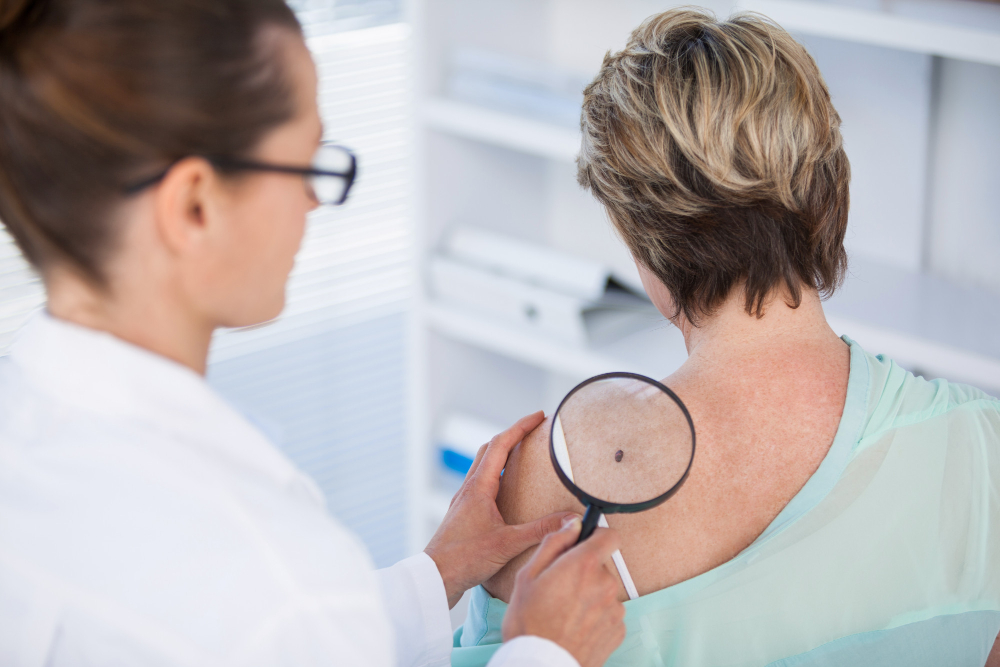
Mohs micrographic surgery is a highly specialized and effective procedure for removing skin cancer. Developed in the 1930s by Dr. Frederic Mohs at the University of Wisconsin, this technique has since become a widely practiced and trusted method for treating skin cancer worldwide. What sets Mohs surgery apart from other treatments is its ability to immediately and thoroughly examine the removed tissue under a microscope, ensuring that all cancerous cells, including the “roots” and extensions, are completely eliminated.*
This precise, step-by-step process of removing and examining tissue allows Mohs surgery to offer the highest cure rate for skin cancer, making it the preferred choice for many dermatologists and patients alike.
Book OnlineSpecial Qualifications of the Mohs Surgeon
Physicians who perform Mohs surgery must have specialized expertise in dermatology, dermatologic surgery, dermatopathology, and Mohs surgery itself. This advanced training is obtained through select residency programs, specialized fellowships, observational preceptorships, and intensive training courses. Additionally, a Mohs surgeon must have access to the necessary surgical and laboratory facilities and be supported by a highly skilled team, including Mohs nursing staff and histotechnologists. Your Mohs surgeon can provide detailed information about their training and professional affiliations in these areas.
Advantages of the Mohs Surgical Procedure
Some skin cancers are deceptively large, extending deeper into the skin than what is visible on the surface. These cancers may have “roots” that spread into surrounding tissues, such as blood vessels, nerves, or cartilage. Skin cancers that have recurred after previous treatments can send out extensions beneath the scar tissue formed from prior procedures. Mohs surgery is specifically designed to track and remove these cancerous “roots,” ensuring complete removal.
Because the procedure involves careful, layer-by-layer removal and microscopic examination of tissue, it is difficult to predict in advance how much skin will need to be removed. The surgical defect may be only slightly larger than the original cancer, but in some cases, removing the deeper “roots” can result in a larger defect. However, the key benefit of Mohs surgery is that it removes only the cancerous tissue, leaving healthy tissue intact and preserving as much skin as possible.
Special Indications for Mohs Surgery
Mohs surgery is not suitable for all skin cancers. It is typically reserved for cases where skin cancer has recurred after previous treatment or is at high risk of recurrence. Mohs surgery is also recommended for cancers located in areas where preserving healthy tissue is critical, such as the nose, ears, eyelids, lips, hairline, hands, feet, and genitals. In these cases, the procedure maximizes the preservation of healthy tissue for both cosmetic and functional reasons.
The Mohs Surgical Procedure
Mohs surgery is typically performed as an outpatient procedure in a dermatologist’s office. The patient remains awake during the procedure, and discomfort is usually minimal, no greater than what is experienced with other routine skin cancer surgeries.*
*Disclaimer: Results may vary from person to person.
If you have any questions about Mohs Micrographic Surgery or would like to schedule an appointment with one of our dermatologists at our Los Alamitos or Agoura Hills office, please contact us for a consultation.
